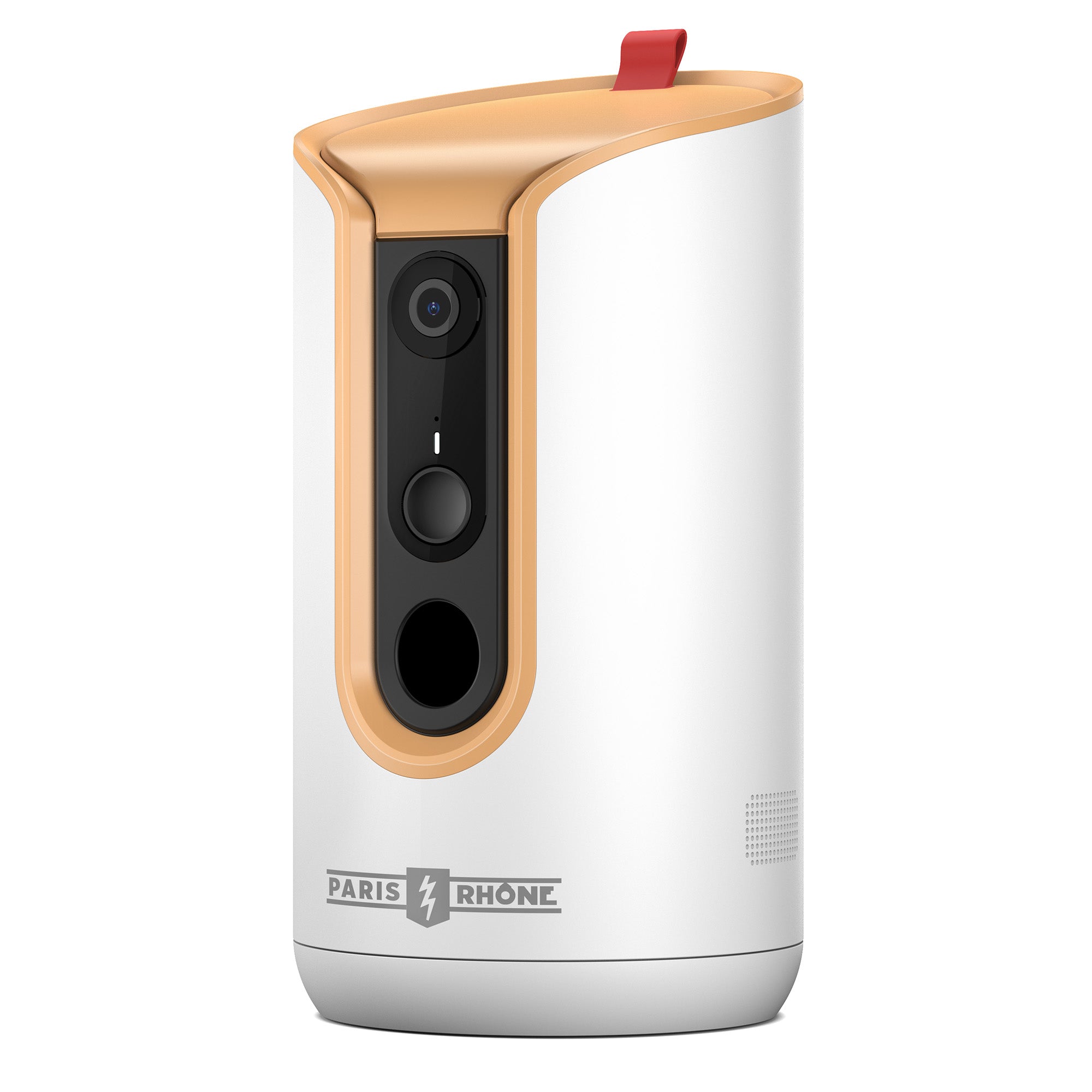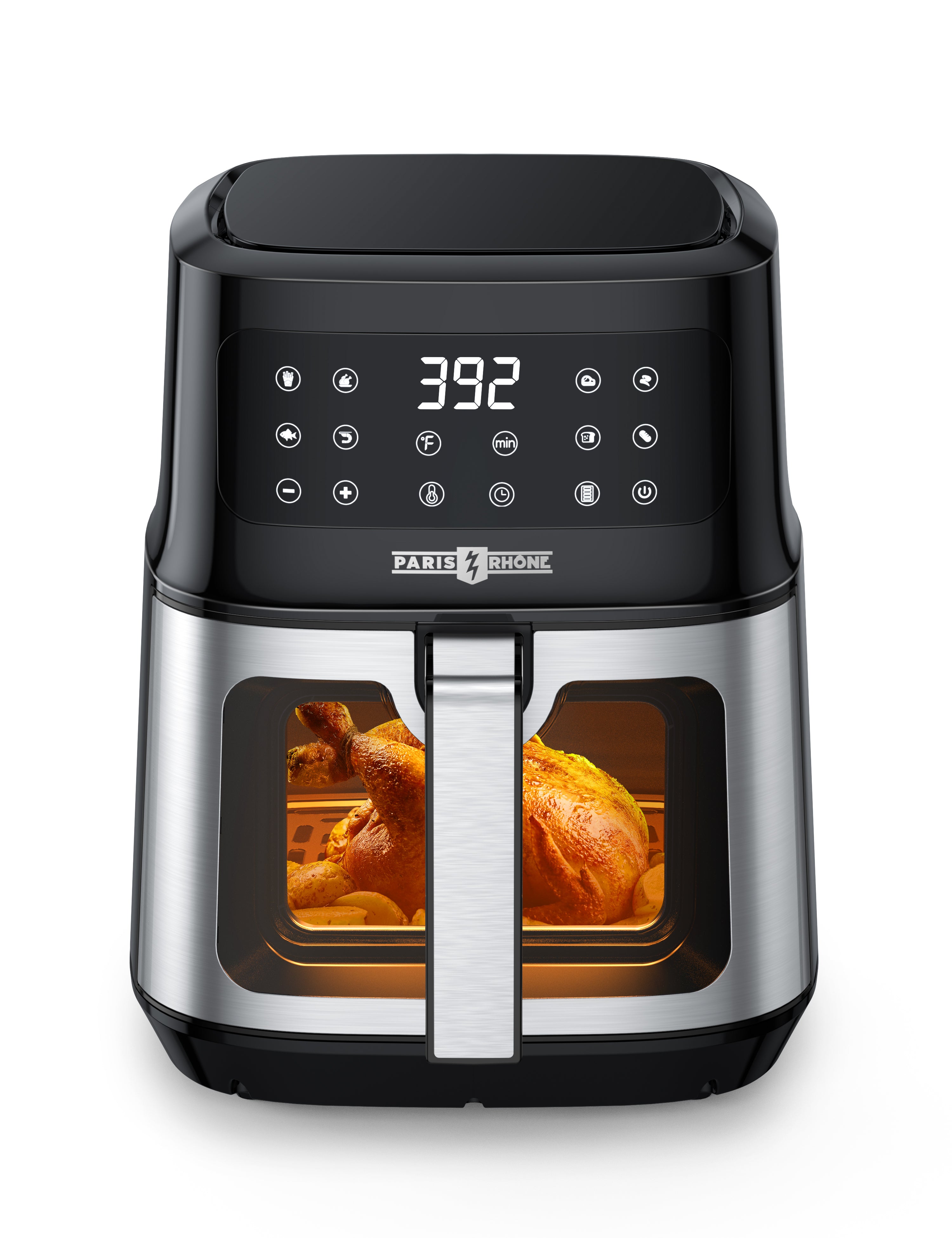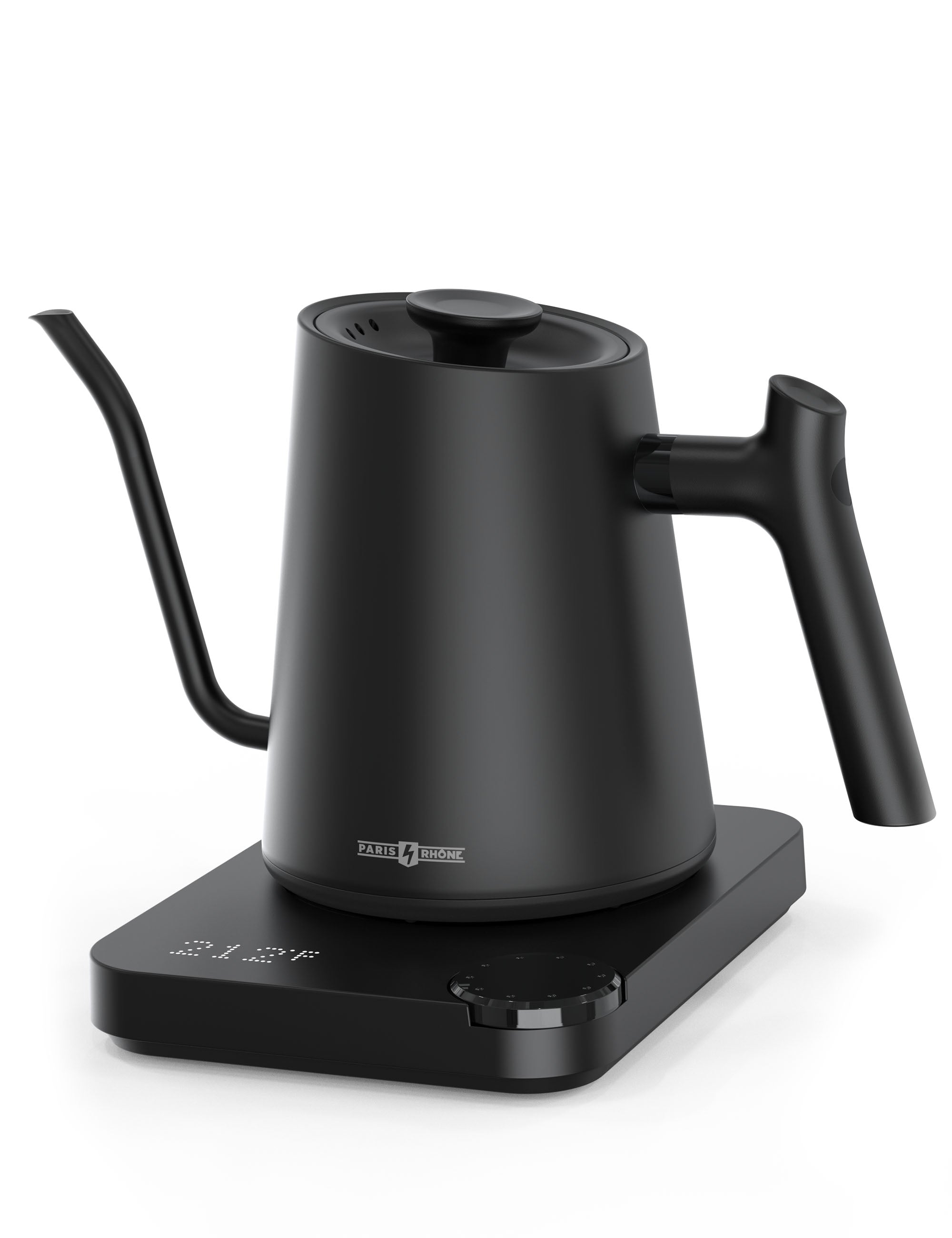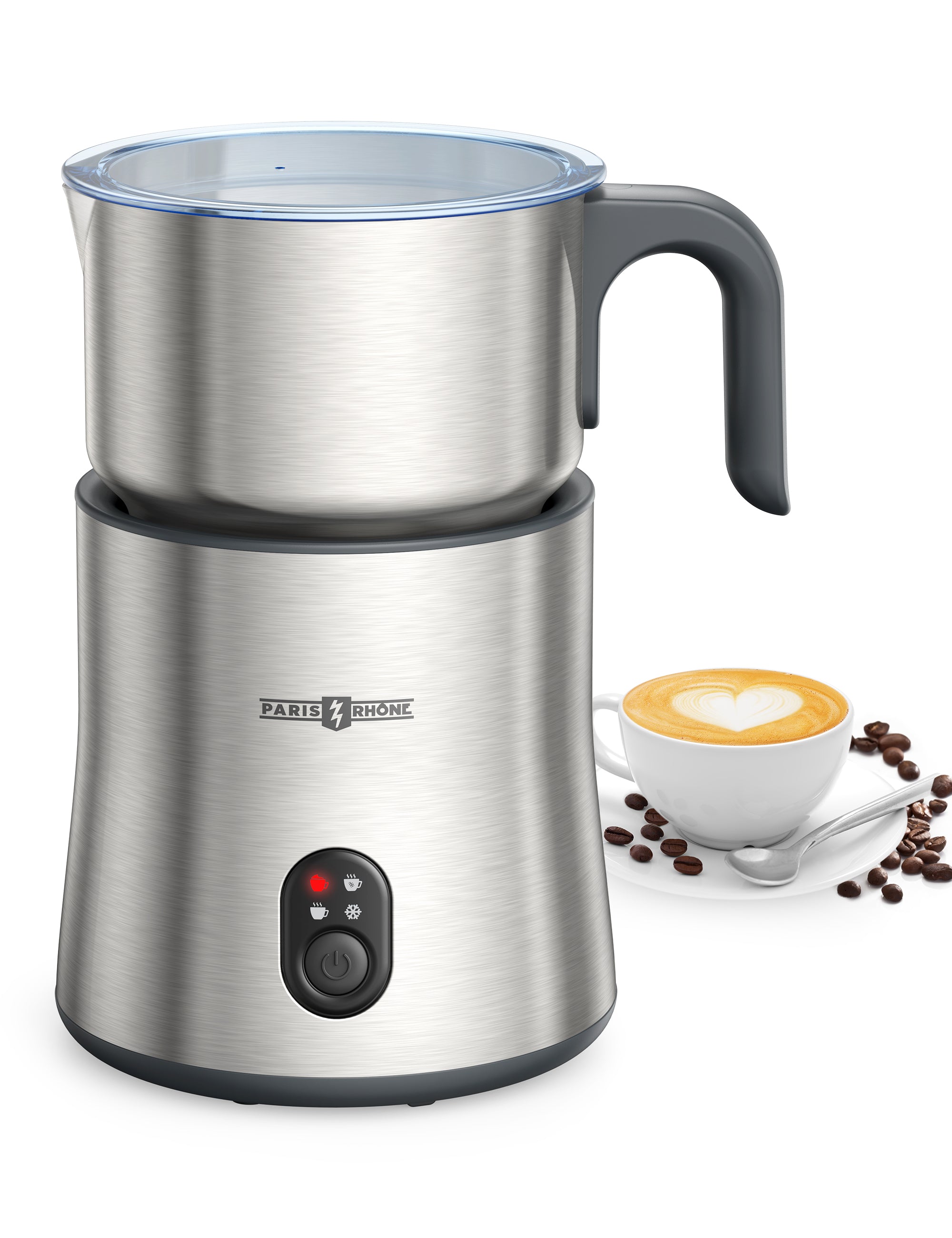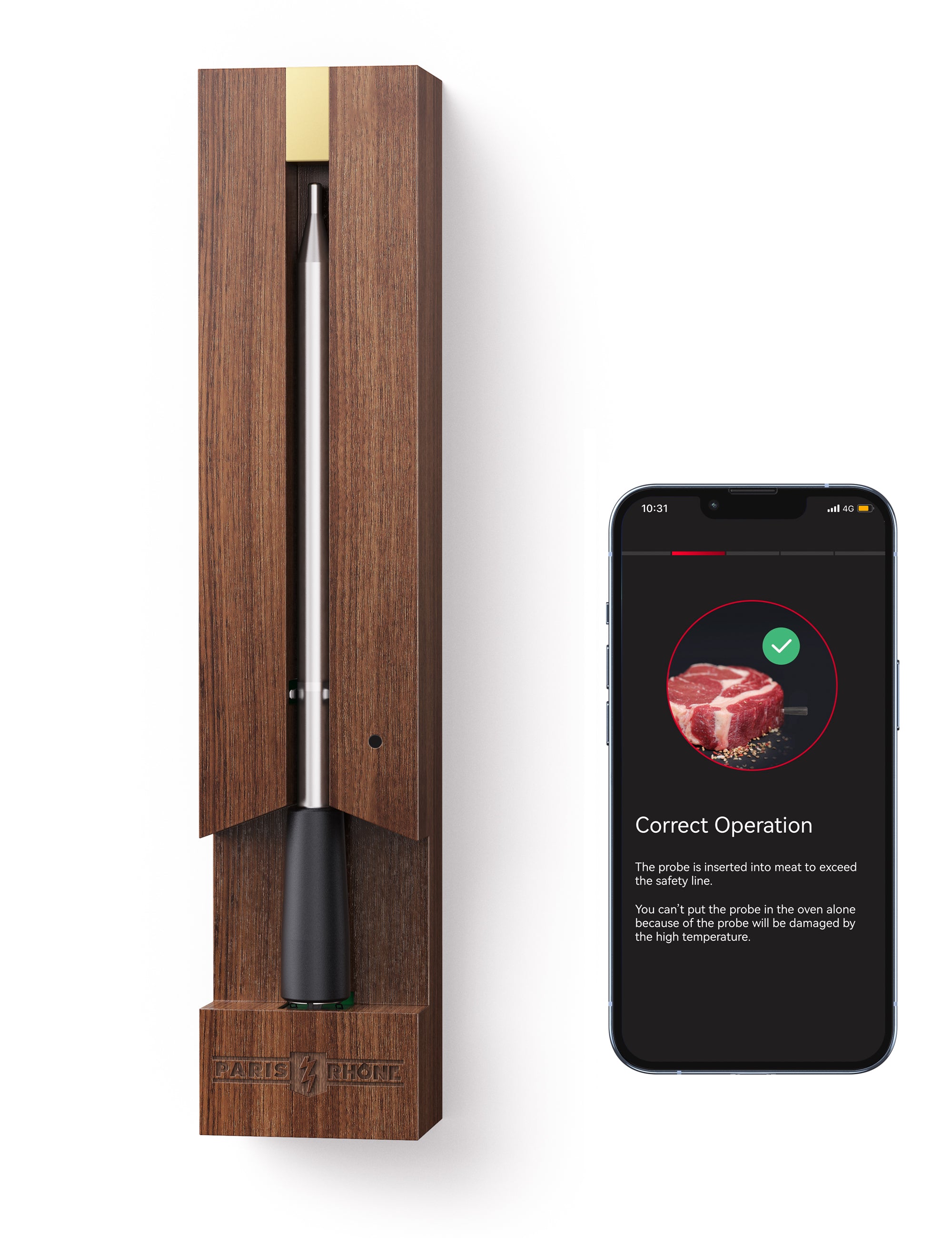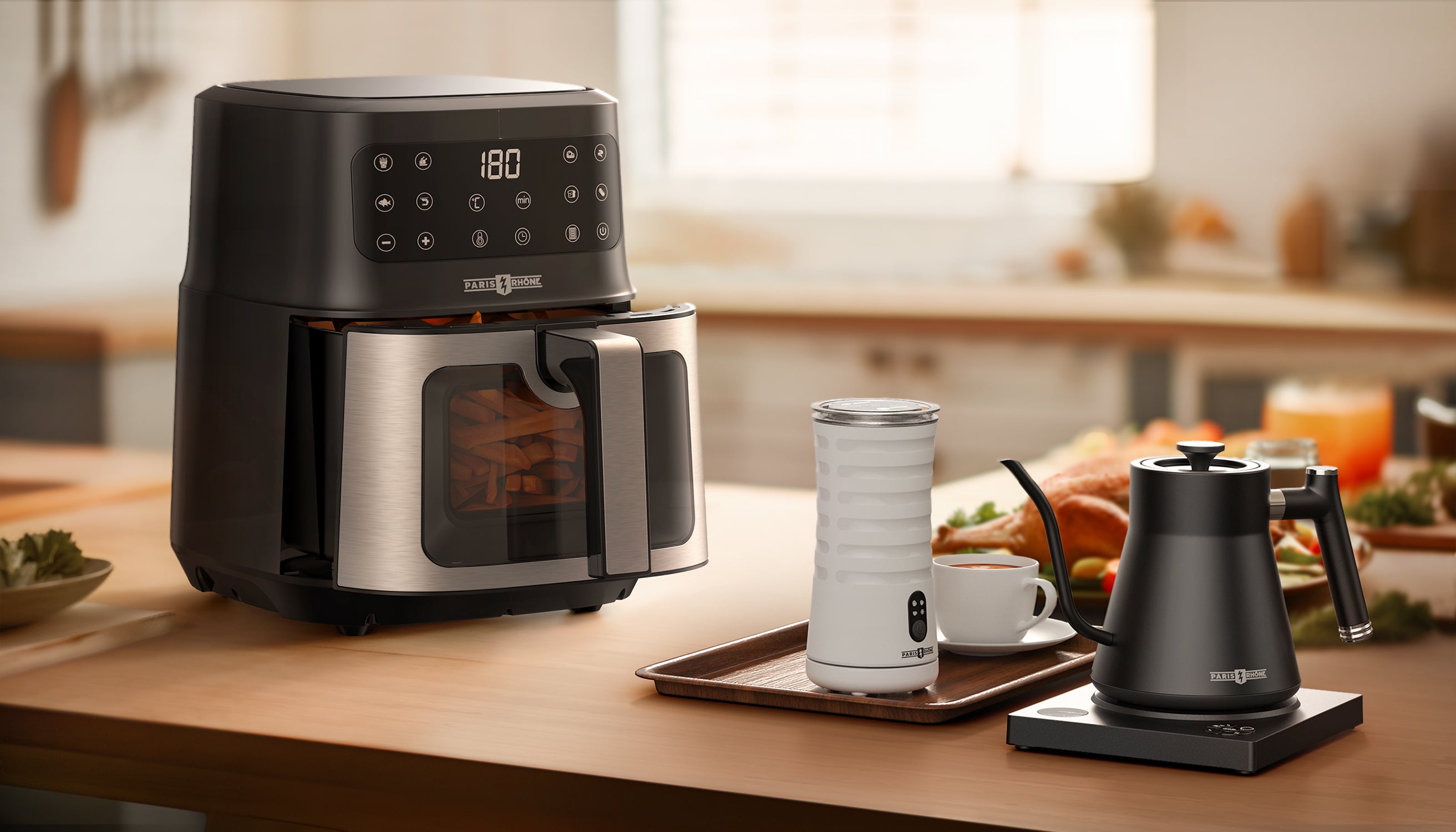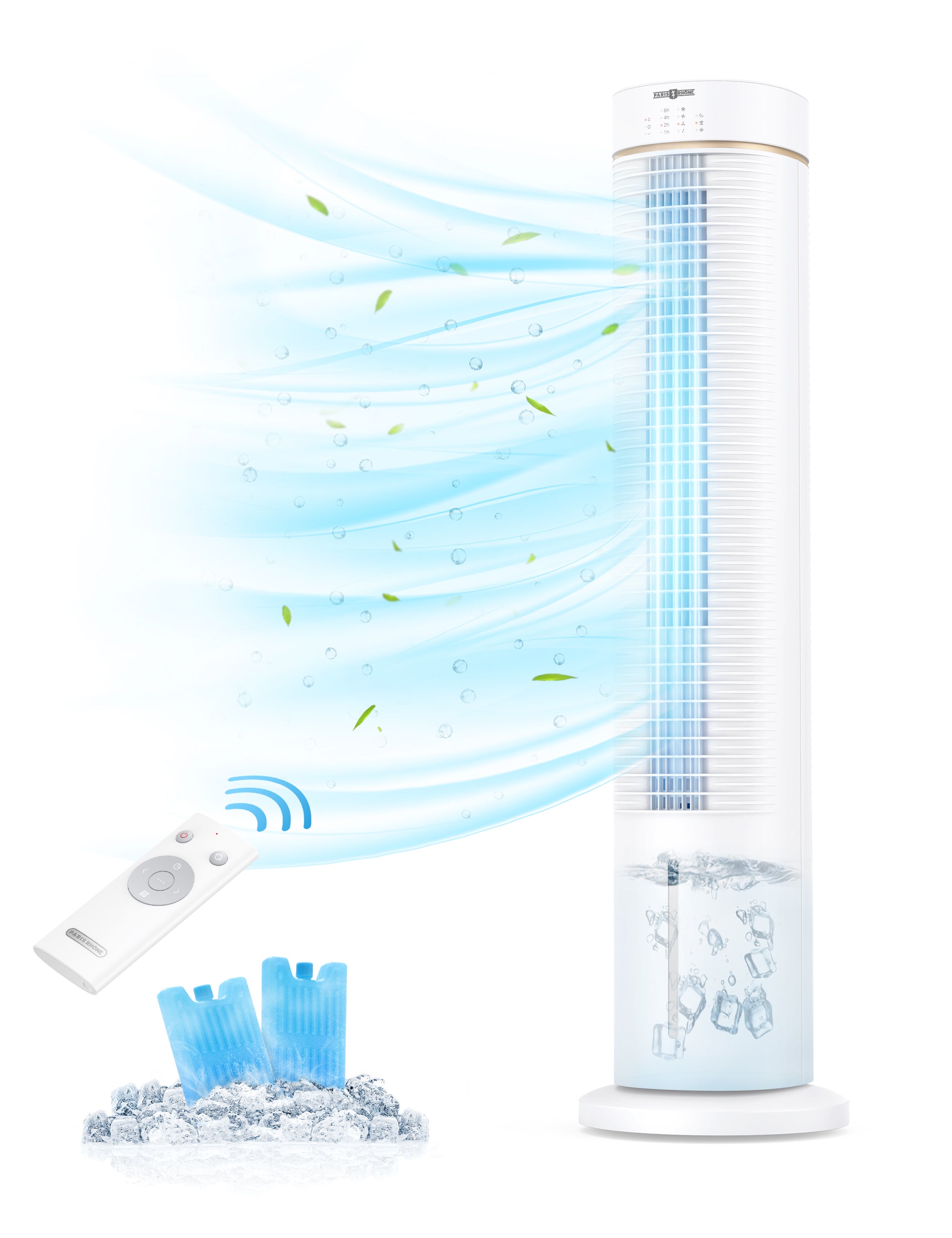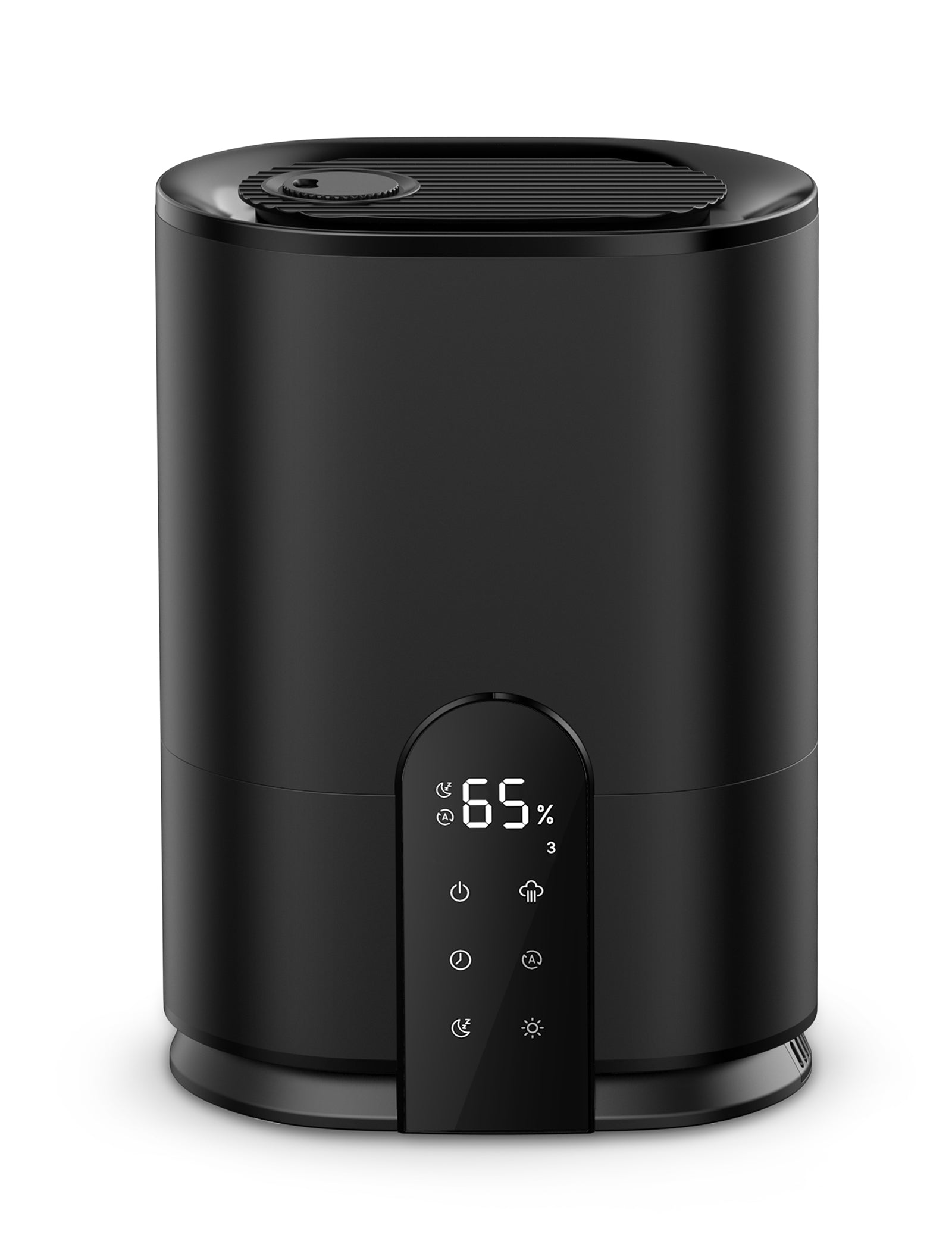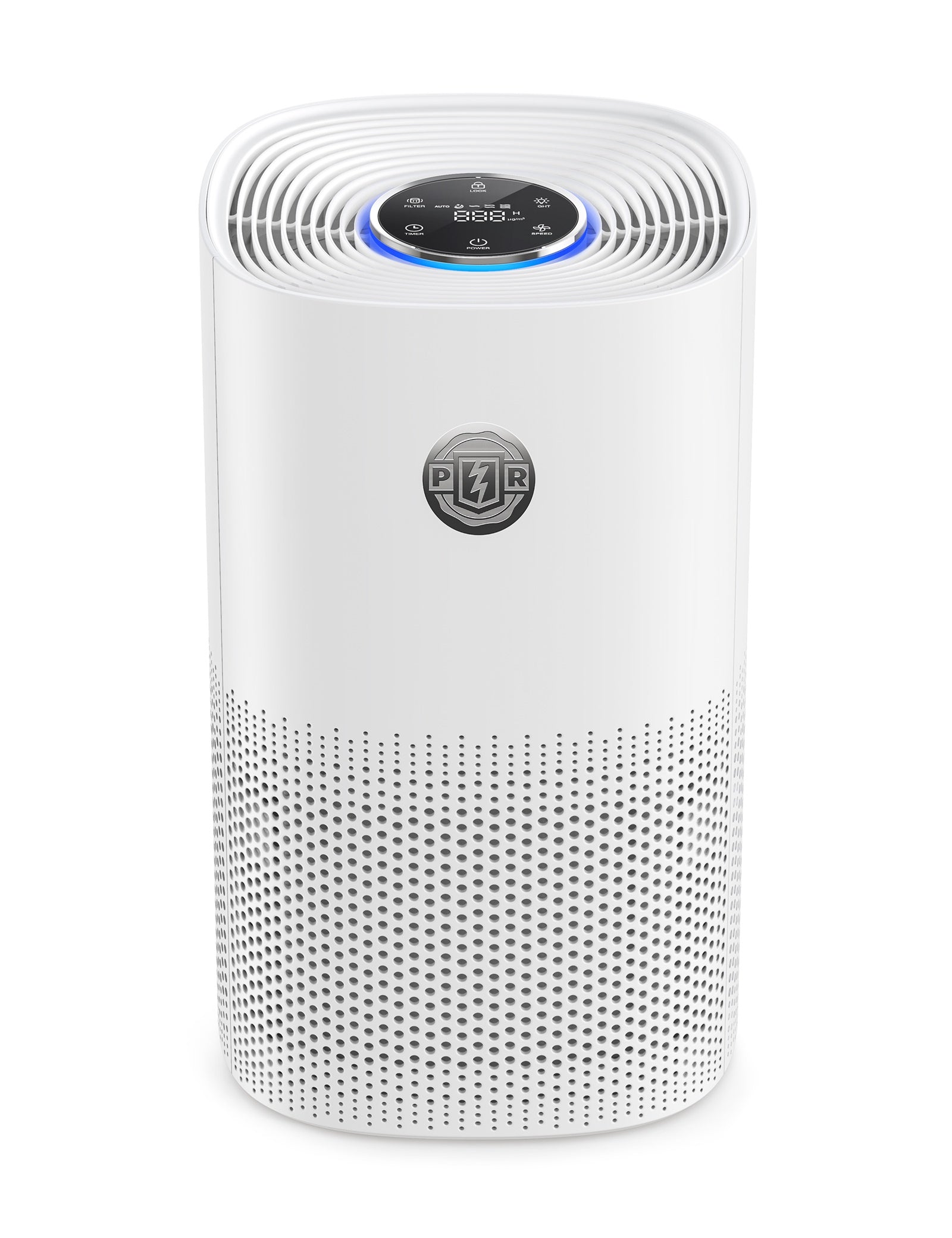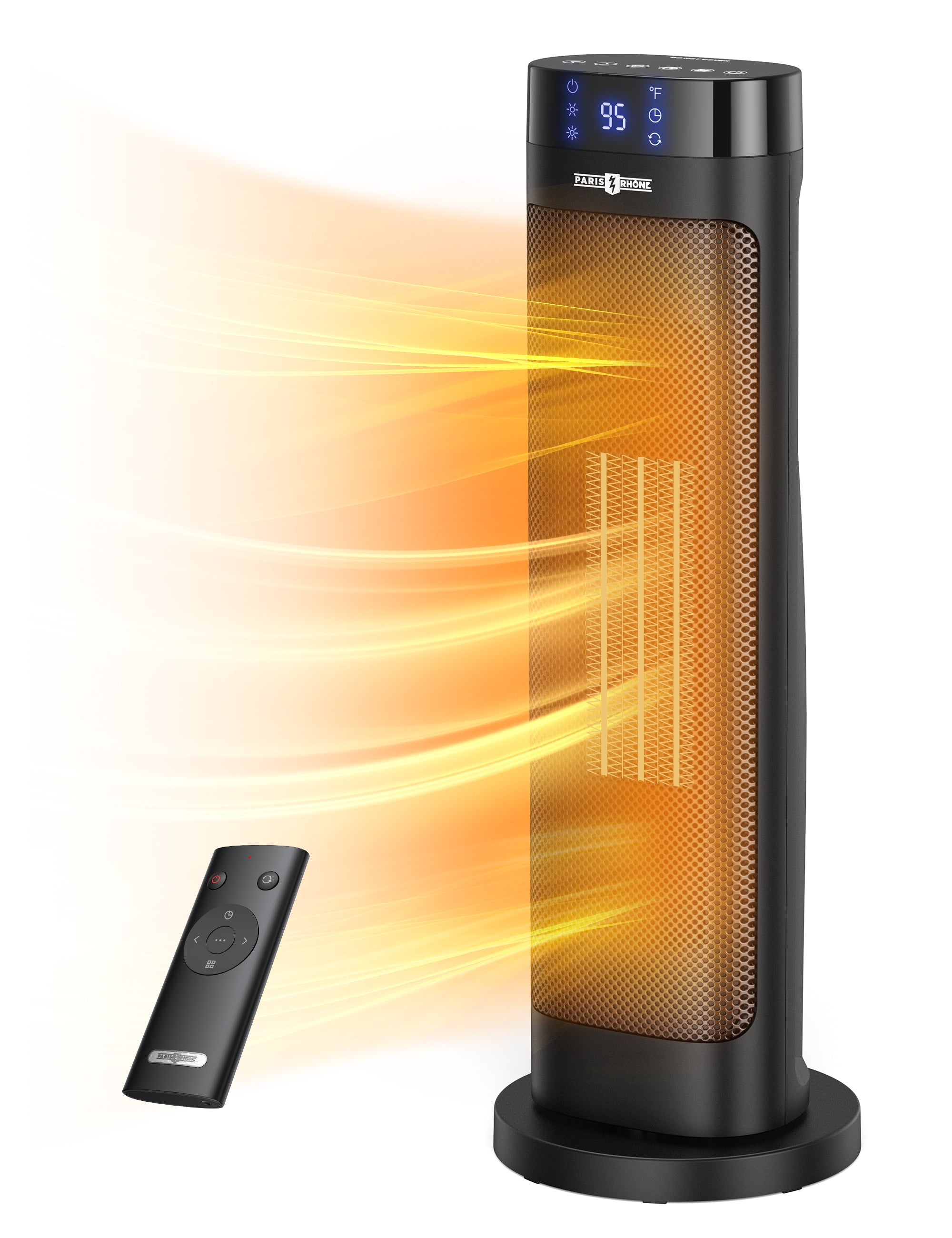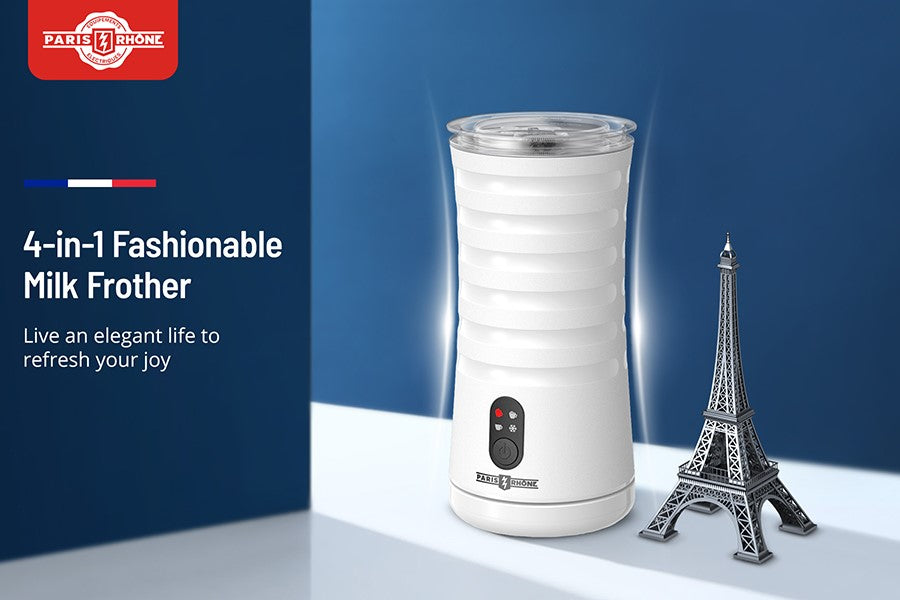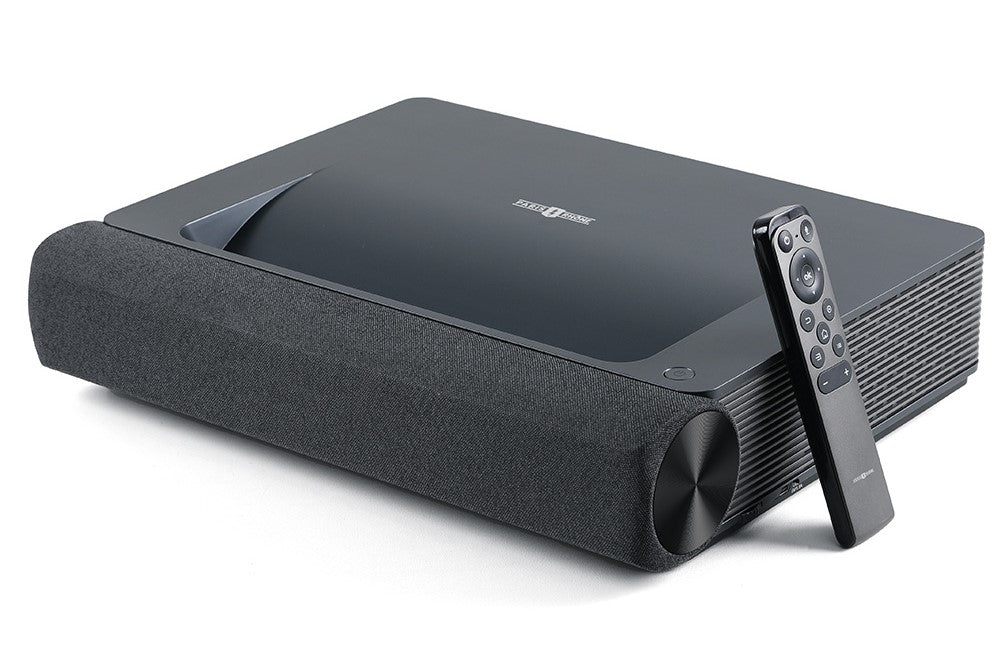Have you ever wondered how the delicious foam on top of your coffee is made? It's all thanks to a milk frother, an essential tool in coffee-making. But have you ever stopped to think about the science behind frothing milk?
In this article, we'll explore the details behind how to milk frothers work and how to achieve perfectly frothed milk for your favorite coffee drinks. From the role of proteins in creating foam structures to practical tips for frothing milk at home, we'll cover everything you need to know about the science behind milk frothing. So grab your favorite coffee mug, sit back, and dive in!
The Role of Proteins in Milk Frothing
Milk frothers open up a world of creamy, fluffy delight. With enough milk and elbow grease, a humble milk frother can transform your morning coffee into a caffeinated wonderland.
The proteins in milk are at the heart of this magical transmutation, which rise to the frothing challenge. When whirled around in a milk frother, the proteins unfold and scramble to cling to the tiny air bubbles being incorporated into the mixture. Two proteins lead the foam formation charge: casein and whey.
The casein proteins,brick-like under normal conditions, loosen up and create a net-like structure when agitated and heated in the milk frother. This net traps air bubbles and gives the foam its stability. Whey proteins, normally curled up in solution, unfurl and scramble to coat the air bubbles, reinforcing the casein network.
But proteins alone cannot conjure creaminess. Milk's fat content plays support as the "glue" that coats air bubbles and prevents them from popping prematurely. The higher the fat, the creamier and longer-lasting the foam.
Ultimately, a milk frother relies on casein to provide staying power, whey to give support, and fat to bring creaminess. With these three ingredients working in harmony, you've got yourself an admirable milk foam to top your morning brew.
Frothing Techniques and Equipment
Milk undergoes a chemical change when heated using a steam wand, resulting in the process of making frothed milk. By using steam to agitate the milk, liquid milk is introduced into the air, creating tiny bubbles. This is caused by the protein in the milk undergoing surface tension, forming many small bubbles that expand the volume into a foamy texture. As a result, frothed milk is formed, and this can be used for drinks like cappuccinos and lattes.
As milk-frothing connoisseurs, you have countless choices available to you when it comes to equipment and techniques. The range of options can be overwhelming, from simple manual frothers to complex steam wands. However, with the right tool for the job, achieving perfect foam is within reach.
Handheld or automatic foam maker are both simple and effective ways to create foam. Manual versions require some arm strength as you whisk the milk, while automatic milk frothers do the work for you. Both provide consistent results, making them excellent for those who want an easy, stress-free approach to milk frothing.
For authentic barista-style foam, nothing compares to the classic steam wand. With precise temperature control and various dial settings, a steam wand offers the most control over texture, ranging from microfoam to dense latte art foam. However, there is a learning curve and a risk of scorching the milk. Steam wands require patience and practice.
There are many variations within these major categories, such as single-spout or multi-spout steam wands and high-end or budget milk frothers. These options are similar to a milk frother's buffet table.
Ultimately, your preferred milk frothing technique depends on your priorities. Do you want reliable and easy foam or finely-tuned microfoam? Are you after consistency or the ability to create multiple foam textures?
Practical Tips for Achieving Perfectly Frothed Milk

Frothed milk makes even the most basic coffee taste extraordinary. With these tried-and-true tips, you'll be creating cafe-worthy microfoam at home in no time flat.
First, chill your milk jug or pitcher in the freezer for 30 minutes. Cold milk froths better and helps prevent scorching.
Pour 8-12 ounces of cold milk into your jug. The amount depends on your milk frother and desired drink.
Turn on your milk frother and slowly submerge the whisk or wand just below the milk surface. For an automatic frother, simply secure the lid.
Froth until the desired texture is reached. For microfoam, small bubbles should cling together. Denser foam is best for latte art.
Common mistakes to avoid are overfilling the jug, leaving the wand above the milk, and not shaking out excess foam. These will result in an uneven, subpar froth.
Different drinks require tailored foam:
- Flat whites need microfoam that clings to the side of the cup.
- Cappuccinos want a balance of microfoam and dry foam.
- Lattes call for the wet, stretchy foam to pour into distinctive patterns.
With these expert tips, you'll be wrangling perfectly frothed microfoam and macrofoam in no time. Just remember to chill your jug, submerge the wand, and tailor your technique to the drink. Soon your morning caffeine fix will never be the same - all thanks to masterfully frothed milk!
Beyond Coffee: Creative Ways to Use a Milk Frother
While milk frothers first gained fame among coffee lovers, these nifty appliances have so much more to offer beyond latte art. With just a flick of the whisk, a milk frother can transform weekday basics into anything-but-ordinary indulgences.
First off, frothed milk makes an excellent addition to hot chocolate. Whip up some creamy cocoa perfection by heating milk in the frother before adding cocoa powder and sugar. Dark chocolate aficionados will delight in the miniature mountains of froth on top.
Matcha tea lovers can whip up a ceremonial-grade bowl of green goodness with frothed milk. The foam helps trap in matcha's nutrients and intensify its sweet, earthy flavor.
For a naughty yet nice dessert, turn that whisk on whipped cream. Frother-frothed whipped cream takes mere minutes and reaches peak peaks of perfection - perfect for topping pie or folding into pastry cream for profiteroles.
Even ice cream cravings can be curbed with the help of a trusty milk steamer. Blend milk with your favorite mix-ins like cookies or chocolate chips, then froth the mixture until thickened. Chill for a decadently rich "no-churn" ice cream.
Conclusion
In conclusion, a milk frother is an essential tool for achieving perfectly frothed milk for your coffee drinks. The science behind foam formation relies on the proteins in milk, fat content, and proper frothing techniques. With practical tips and equipment recommendations, you can create barista-quality microfoam at home. Frothed milk isn't just limited to coffee - it's versatile enough to elevate other culinary pursuits, from hot chocolate to ice cream.








